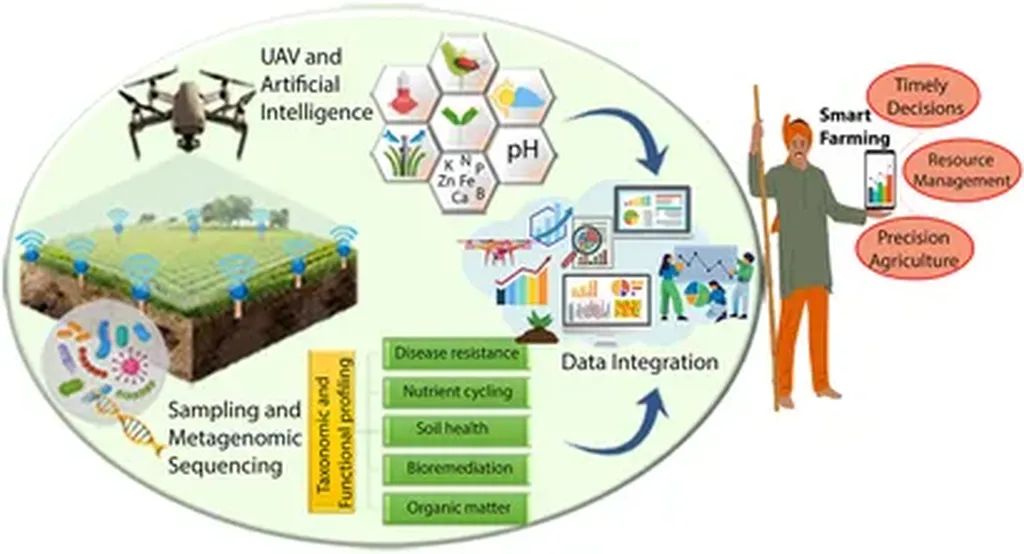In the ever-evolving landscape of precision agriculture, a groundbreaking study led by V. Medvedev, published in the journal “Agricultural Science and Practice” (translated from Russian as “Agronomiya: Nauka i Praktika”), is set to revolutionize how farmers approach soil management. The research delves into the application of pedotransfer models, offering a new lens through which to view soil health and tillage practices.
Pedotransfer models, which predict soil properties from more easily measurable parameters, have long been a topic of interest in agronomy. However, Medvedev’s work takes this a step further by exploring their potential in precision agriculture. The study focuses on using soil texture and humus content as base components, while indicators like structural composition, bulk density, and penetration resistance serve as effectiveness functions.
“The agrotechnological contours for differentiation of soil tillage intensity revealed on the basis of settlement models and natural researches on a field appeared to be similar enough both as for configuration and area,” Medvedev explains. This finding is significant as it suggests that pedotransfer models can be used to create detailed maps of soil properties, enabling farmers to tailor their tillage practices with unprecedented precision.
The implications for the agricultural sector are substantial. Precision agriculture is not just about efficiency; it’s about sustainability. By optimizing tillage practices, farmers can reduce soil compaction, improve water infiltration, and enhance soil health. This, in turn, can lead to increased crop yields and reduced environmental impact.
Medvedev’s research also highlights the potential for remote sensing technologies to play a pivotal role in this process. “Pedotransfer models are perspective in precise agriculture under the condition of development of remote methods of definition of base parameters,” Medvedev notes. This opens up new avenues for innovation, with drones, satellites, and other remote sensing tools potentially being used to gather the data needed to feed these models.
The commercial impacts for the energy sector are also noteworthy. As the world shifts towards renewable energy sources, the demand for biomass crops is set to rise. Precision agriculture can help meet this demand by optimizing the growth of these crops, ensuring that they are produced in a sustainable and efficient manner.
In conclusion, Medvedev’s research represents a significant step forward in the field of precision agriculture. By harnessing the power of pedotransfer models, farmers can gain a deeper understanding of their soil, leading to more informed decision-making and improved agricultural practices. As the world grapples with the challenges of climate change and food security, this research offers a glimmer of hope, demonstrating how technology and innovation can be used to create a more sustainable future.

